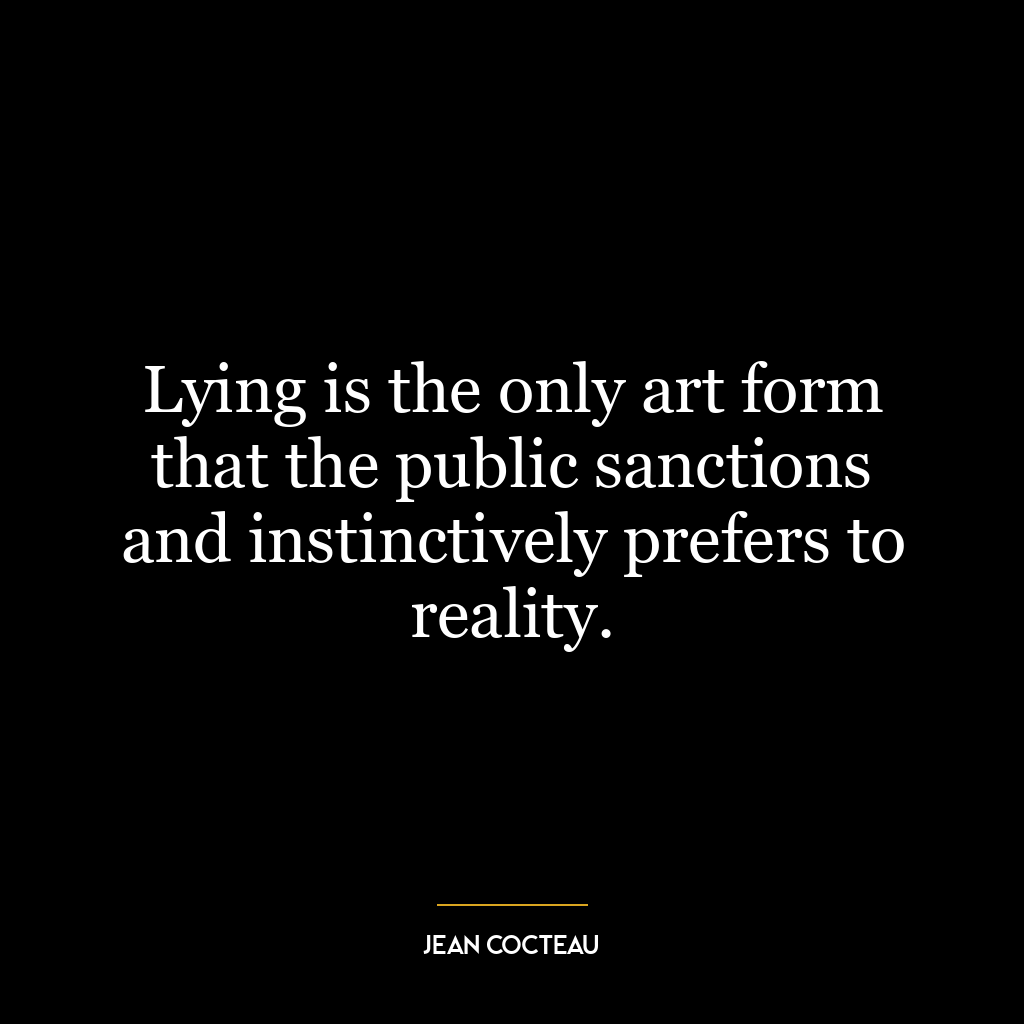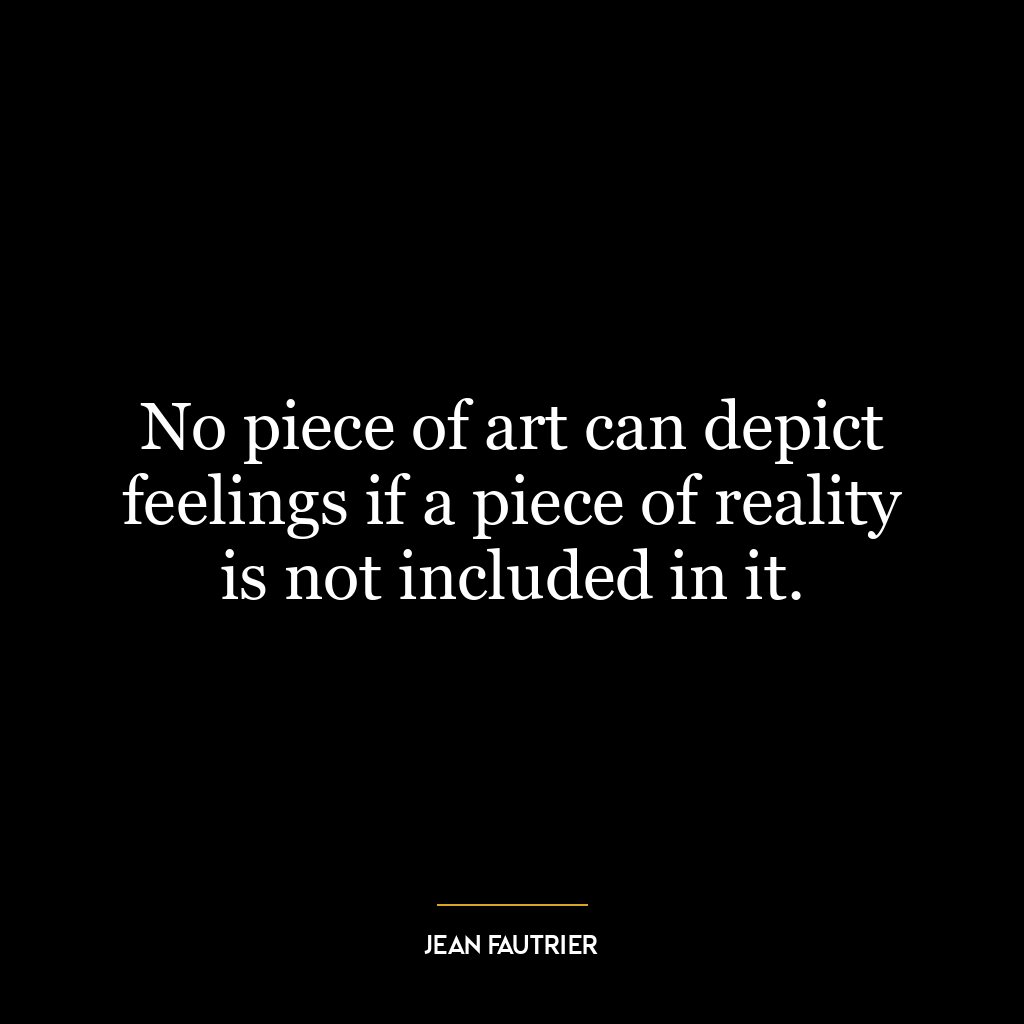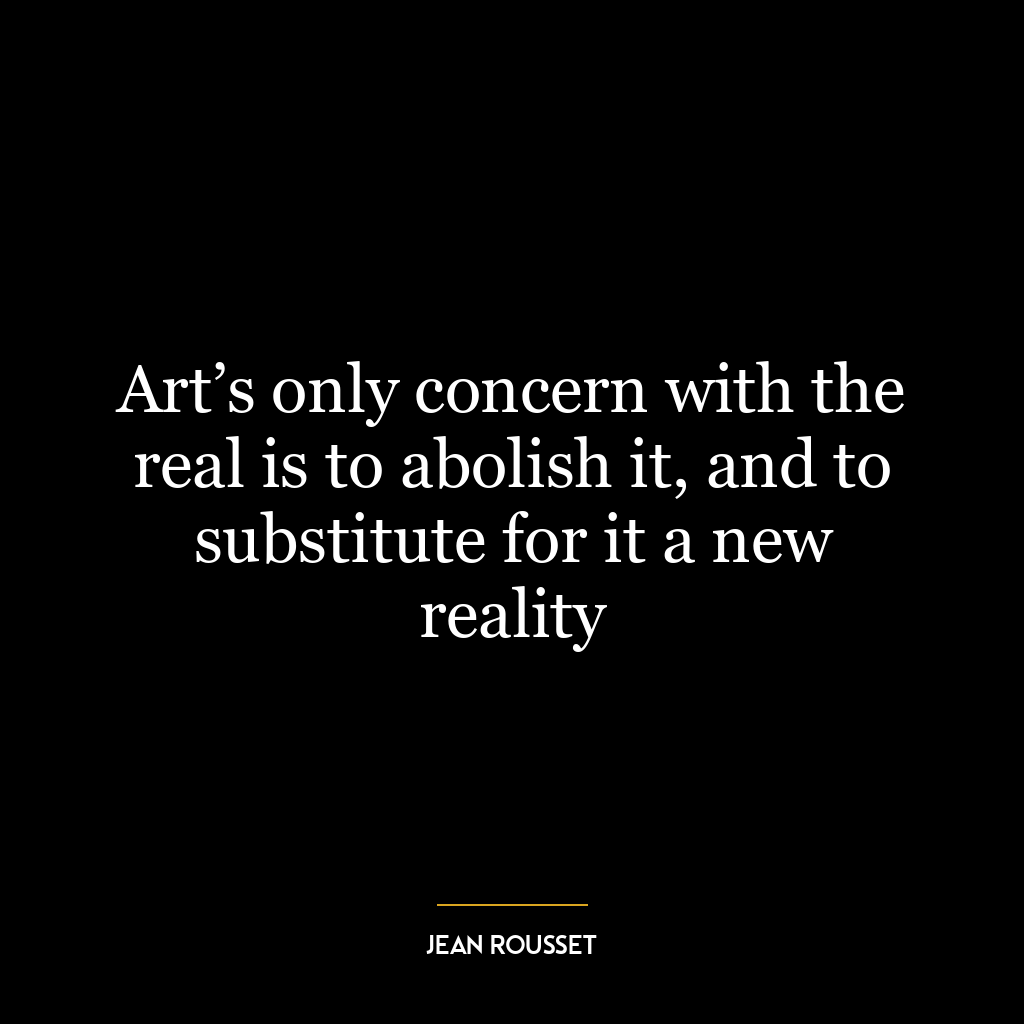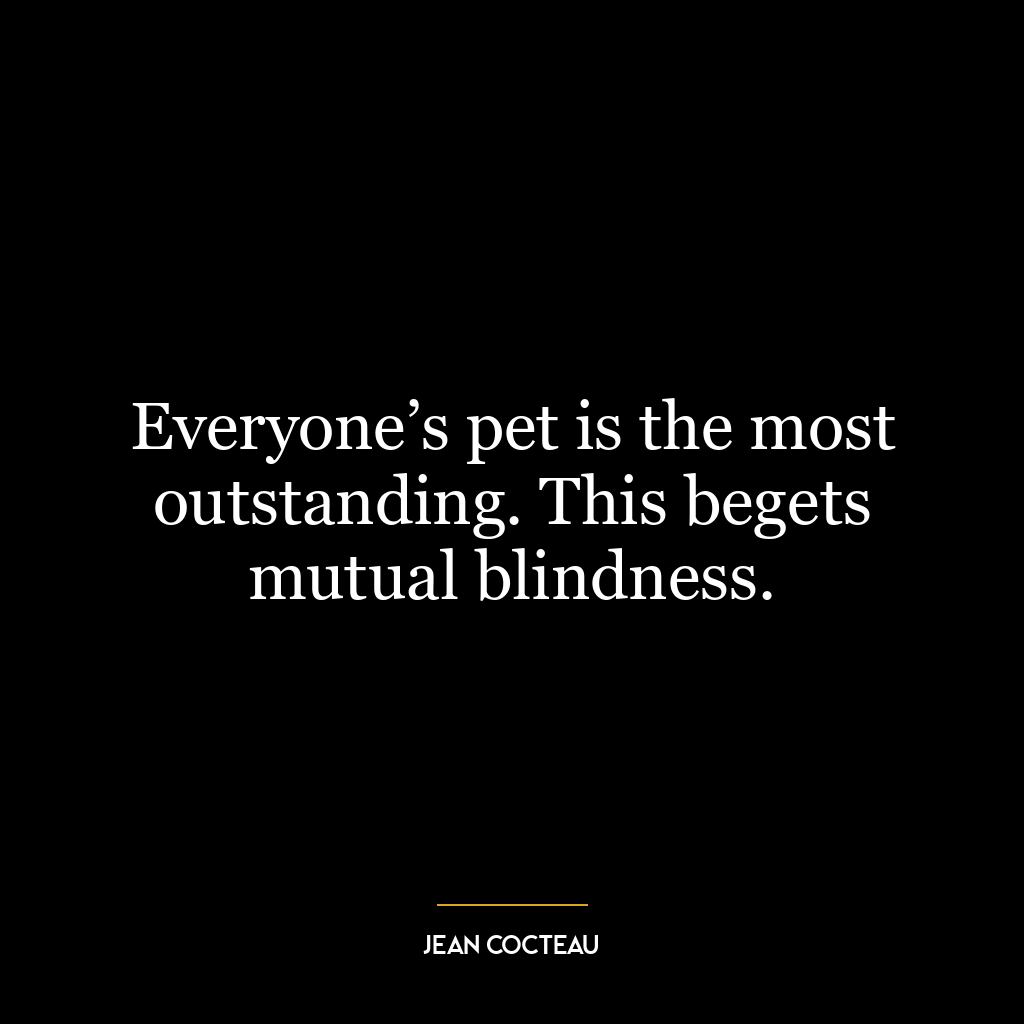This quote speaks to the human tendency to perceive and interpret things based on our desires, biases, and preconceived notions, rather than seeing them as they truly are. It’s a reflection of our natural inclination to mold our understanding of the world around our personal beliefs, desires, and fears, rather than objectively assessing the situation.
The quote suggests that our interpretations of situations or events are influenced by what we want to see or believe, rather than what is actually there. This can lead to a skewed perception of reality, as we might ignore or overlook aspects that don’t align with our desires or expectations.
For instance, in a relationship, one might ignore the signs of toxicity because they desperately want it to work. Or, in a professional setting, an employee might perceive a boss’s feedback as personal criticism because they are insecure about their performance, even when the intention was to help them improve.
Applying this idea in today’s world, it’s evident in how people consume and interpret news. With the rise of social media and personalized news feeds, people are more likely to be exposed to information that aligns with their existing beliefs, which can reinforce their biases and limit their understanding of different perspectives. This phenomenon, known as confirmation bias, can lead to polarization and misunderstanding.
In terms of personal development, this quote suggests the importance of self-awareness and critical thinking. It encourages us to question our perceptions and interpretations, to seek out different perspectives, and to challenge our biases. By doing so, we can develop a more accurate and nuanced understanding of the world, which can lead to better decision-making and more effective problem-solving. It also helps us to be more empathetic and understanding towards others, as we recognize that our perspective is not the only valid one.
In essence, the quote is a call to strive for objectivity, to challenge our biases, and to be open to seeing things as they are, rather than as we want them to be.








